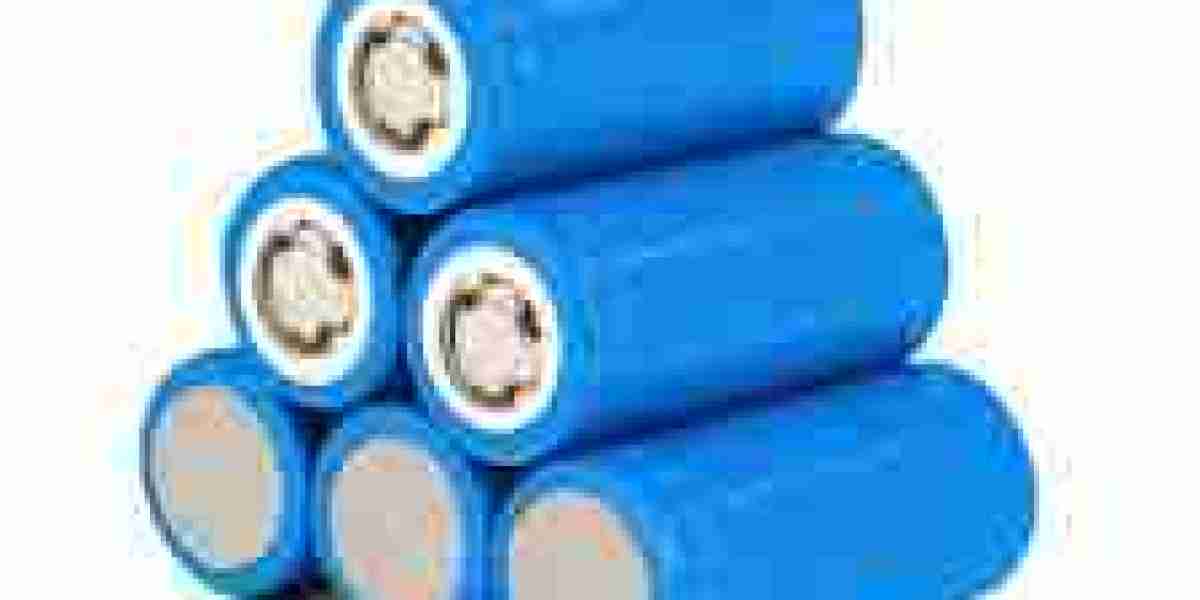The lithium-ion battery cathode market is undergoing rapid development, spurred by the rising adoption of electric vehicles, renewable energy storage, and mobile electronics. As global economies move toward cleaner energy and transportation systems, advancements in cathode materials and manufacturing technologies are becoming crucial to meeting performance, safety, and cost expectations.

Technological Evolution in Cathode Materials
A major catalyst for development in the market is the evolution of cathode materials. The cathode plays a key role in determining a battery’s energy density, cycle life, thermal stability, and cost. Traditionally, lithium cobalt oxide (LCO) was the dominant material, but it is now being supplemented or replaced by newer chemistries.
Nickel-rich formulations such as lithium nickel manganese cobalt oxide (NMC) and lithium nickel cobalt aluminum oxide (NCA) are gaining traction for their higher energy densities and better performance in electric vehicles. Automakers are increasingly favoring these cathodes due to their ability to support longer driving ranges. For energy storage systems and low-cost EV models, lithium iron phosphate (LFP) is becoming a preferred choice due to its safety, stability, and cost advantages.
The continuous optimization of these materials, along with efforts to reduce reliance on cobalt—a material associated with ethical and supply concerns—is shaping the next generation of cathode development.
Growing Investment and Research Initiatives
Investment in R&D for cathode technology is reaching unprecedented levels. Governments, private companies, and academic institutions are actively exploring alternatives that deliver better performance at lower costs. Solid-state batteries, which require compatible cathode materials, are one of the next frontiers in battery technology. These batteries promise higher safety and energy density, and their adoption could trigger significant shifts in cathode design and composition.
Startups and major players alike are engaged in developing high-voltage cathodes, lithium-rich layered oxides, and even sodium-ion-compatible materials, positioning the industry for diversified growth paths in the coming years.
Global Supply Chain Development
The development of the lithium-ion battery cathode market is also tightly linked to the global supply chain of raw materials such as lithium, nickel, cobalt, and manganese. As demand grows, securing stable, ethical, and cost-efficient sources of these materials becomes critical.
To address potential supply chain vulnerabilities, regions like North America and Europe are focusing on developing local refining and manufacturing capacities. Governments are funding mining projects, refining infrastructure, and cathode manufacturing plants to reduce dependence on imports and improve economic security.
Additionally, battery recycling and urban mining are emerging as complementary approaches to meet raw material needs sustainably. These processes allow for the recovery and reuse of critical metals from spent batteries, thereby supporting circular economy goals.
Impact of EV and ESS Markets
Electric vehicles (EVs) and energy storage systems (ESS) are the primary growth engines for the lithium-ion battery industry. As automakers transition to full electrification and utilities expand renewable energy capacity, the demand for high-performance batteries is rising sharply.
The development of cathode materials that can withstand more charge cycles, deliver higher energy density, and operate safely under a wide range of conditions is vital to meet the needs of these markets. Cathode manufacturers are working closely with OEMs and battery assemblers to customize formulations that align with specific application requirements.
In EVs, the push is toward increasing driving range and reducing charging time. In ESS, stability, cycle life, and safety take precedence. These varying needs are prompting diversification and specialization in cathode development.
Regulatory and Environmental Considerations
As regulatory bodies around the world tighten their focus on environmental performance and safety standards, cathode manufacturers are being pushed to adopt cleaner, more sustainable production methods. From energy-efficient processing techniques to minimizing the use of toxic chemicals, environmental compliance is no longer optional—it’s essential for long-term success.
Moreover, regulations such as the EU’s Battery Regulation and the U.S. Inflation Reduction Act are linking incentives and market access to sustainability metrics, reinforcing the need for responsible development in the industry.
Regional Development Strategies
Asia-Pacific remains the dominant region for cathode production, with China leading in terms of capacity and innovation. However, global efforts to diversify supply and reduce dependence on a single region are prompting development in other parts of the world.
In North America, companies are establishing cathode material facilities to support local battery gigafactories, particularly in the U.S. and Canada. Europe is also investing heavily in developing its battery value chain, with major initiatives focused on sustainability and technological independence.
Conclusion
The lithium-ion battery cathode market is at the forefront of the global transition to clean energy and mobility. Driven by innovation, rising demand, and strategic investments, the market is witnessing transformative development across materials, manufacturing processes, and regional capabilities. As technologies mature and environmental expectations rise, cathode development will remain central to shaping the future of energy storage and electrified transportation.




